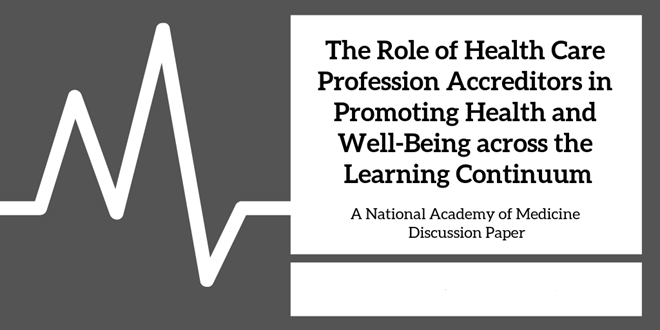Health insurance in the United States can be complex and confusing, with various terms, policies, and regulations shaping how individuals access healthcare services and manage their medical expenses. In this article, we’ll delve into the mechanics of U.S. health insurance, including key concepts, types of plans, coverage options, and the role of insurance providers and healthcare providers in the system.
Key Concepts of U.S. Health Insurance
- Premiums: This is the amount paid by individuals or employers to purchase health insurance coverage. Premiums can be paid monthly, quarterly, or annually, and they vary based on factors such as age, location, and plan type.
- Deductibles: The deductible is the amount individuals must pay out of pocket for covered healthcare services before their insurance plan starts to pay. Higher deductible plans typically have lower monthly premiums but require more out-of-pocket expenses for medical care.

- Copayments and Coinsurance: Copayments are fixed amounts individuals pay for specific services, such as doctor visits or prescription drugs. Coinsurance is a percentage of the cost of services that individuals pay after meeting their deductible.
- Networks: Health insurance plans often have provider networks, which include doctors, hospitals, and other healthcare facilities that have contracts with the insurance company. In-network providers typically offer lower costs for covered services compared to out-of-network providers.
Types of Health Insurance Plans
- Health Maintenance Organization (HMO): HMO plans require individuals to choose a primary care physician (PCP) who coordinates their healthcare and provides referrals to specialists within the plan’s network. HMOs generally have lower out-of-pocket costs but limited provider choices outside the network.
- Preferred Provider Organization (PPO): PPO plans offer more flexibility in choosing healthcare providers, allowing individuals to see both in-network and out-of-network providers without a referral. However, out-of-network services usually cost more, and individuals may have higher deductibles and coinsurance.
- Exclusive Provider Organization (EPO): EPO plans combine elements of HMOs and PPOs, offering a network of providers like an HMO but allowing individuals to see specialists without referrals like a PPO. EPOs typically do not cover out-of-network services except in emergencies.
- Point of Service (POS): POS plans require individuals to choose a primary care provider and obtain referrals for specialist care within the network. They offer lower costs for in-network services but may cover out-of-network care at a reduced rate.
Coverage Options and Essential Benefits
Under the Affordable Care Act (ACA), health insurance plans in the U.S. must provide essential health benefits, including:
- Ambulatory patient services
- Emergency services
- Hospitalization
- Maternity and newborn care
- Mental health and substance use disorder services
- Prescription drugs
- Rehabilitative and habilitative services
- Laboratory services
- Preventive and wellness services
- Pediatric services
These essential benefits ensure that individuals have access to comprehensive healthcare coverage, regardless of their plan type or insurer.
The Role of Insurance Providers
Health insurance companies play a vital role in the U.S. healthcare system by:
- Offering a range of insurance plans with different coverage options and premiums to meet diverse needs.
- Negotiating contracts with healthcare providers to establish network agreements and pricing for covered services.
- Processing claims and reimbursing healthcare providers for services rendered to insured individuals.
- Providing customer support, education, and resources to help individuals understand their coverage, benefits, and rights under their insurance plans.
- Adhering to regulatory requirements and guidelines set by federal and state governments, including the ACA provisions for essential health benefits and consumer protections.
The Role of Healthcare Providers
Healthcare providers, including doctors, hospitals, clinics, and pharmacies, interact with health insurance in several ways:

- Participating in insurance networks to accept patients with specific insurance plans and negotiate reimbursement rates for services.
- Billing insurance companies for covered services provided to insured patients and following billing and coding guidelines to ensure accurate reimbursement.
- Coordinating care with insurance companies, such as obtaining prior authorizations for certain procedures or treatments and documenting patient information for claims processing.
- Educating patients about their insurance coverage, including copayments, deductibles, and covered services, to help them make informed healthcare decisions.
Conclusion
Navigating the mechanics of U.S. health insurance involves understanding key concepts like premiums, deductibles, and networks, as well as exploring different types of plans and coverage options available. Health insurance providers and healthcare providers play integral roles in facilitating access to healthcare services, managing costs, and ensuring quality care for individuals across the country. By gaining knowledge and awareness of how health insurance works, individuals can make informed decisions about their healthcare coverage and financial well-being.


